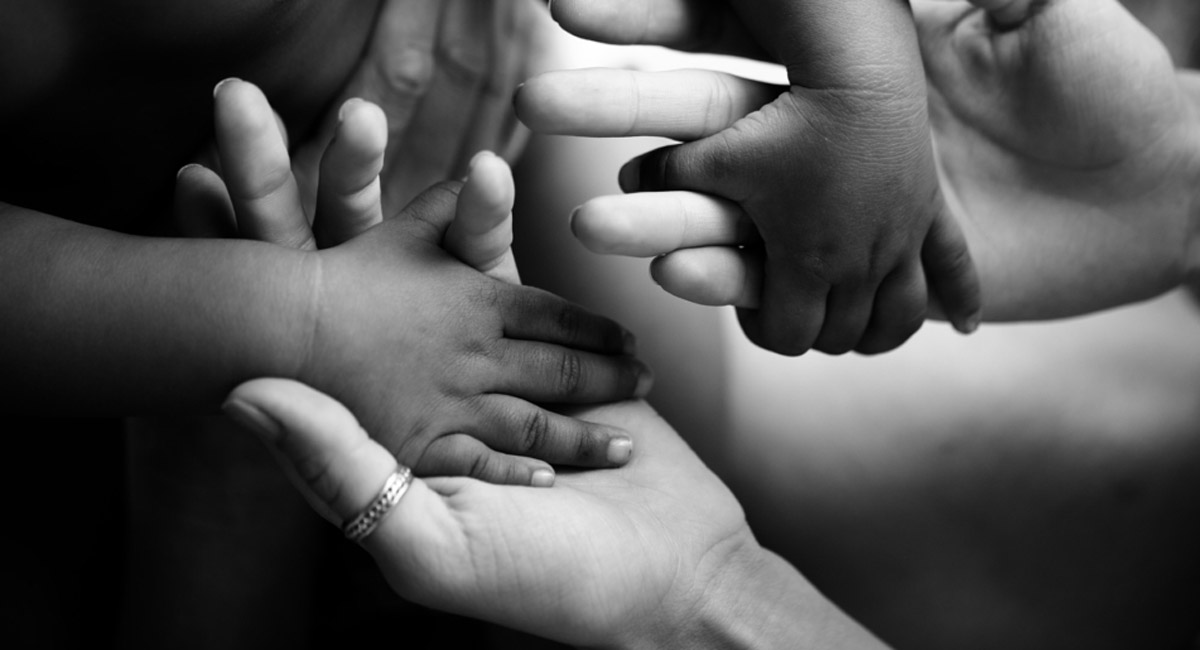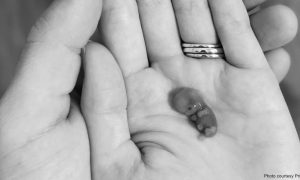A new report from the National Council For Adoption reveals that private domestic adoptions have seen a significant increase in the years following the COVID-19 pandemic. According to the study “Adoption by the Numbers,” non-stepparent private domestic adoptions rose by about 3% between 2019 and 2022, with an estimated 25,503 infants adopted through private domestic channels in 2022, compared to 24,720 in 2019. This increase suggests a recovery in adoption numbers after the disruptions caused by the pandemic.
The report, conducted by NCFA in partnership with the Opt Institute, is the only comprehensive study of its kind in the United States, providing both national and state-level adoption data. Ryan Hanlon, president and CEO of NCFA, expressed optimism about the findings, saying, “We’re proud of our partnership with Opt Institute to bring this report to the public. It’s heartening to see that infant adoptions in the United States have rebounded from the impact of the pandemic.”
The data also highlights a contrast between the rise in private domestic adoptions and declines in other types of adoption. Intercountry adoptions, where U.S. families adopt children from abroad, have decreased by 57% between 2019 and 2023. Over the past two decades, intercountry adoptions have dropped by more than 95%. Much of this decline is attributed to significant policy changes in countries that have historically been major sources for international adoptions.
China, one of the largest sending countries for intercountry adoptions, suspended its adoption program in 2020 and formally ended it in 2024. The report notes a sharp drop in adoptions from China, from 819 in 2019 to just 16 in 2023. Additionally, the Russian invasion of Ukraine in 2022 severely disrupted the adoption process, leading to a 96.64% decline in adoptions from Ukraine. In 2019, there were 298 adoptions from Ukraine, but by 2023, that number had fallen to just 10.
READ: One mom’s mission to undo decades-old adoption stigma and help birth moms see the ‘big picture’
Some experts believe that the decline in international adoptions may have contributed to the rise in domestic adoptions. “Families that might have adopted internationally a few years ago are now much more likely to consider adopting domestically,” said Daniel K. Williams, a historian at Ashland University in Ohio, as reported by the Washington Times.
The report also discusses the potential impact of the 2022 Supreme Court decision in Dobbs v. Jackson Women’s Health Organization, which overturned Roe v. Wade. Although there has been much speculation that the decision could influence adoption trends due to changing abortion laws, statistical evidence on this impact is not yet available.
Michael New, a professor of social research at The Catholic University of America and Associate Scholar at the Charlotte Lozier Institute, noted that the rise in adoptions could be evidence that pro-life policies may contribute to an increase in adoptions. “This is again solid evidence that pro-life policies can increase the number of adoptions,” he said.
While the full impact of the Dobbs ruling remains uncertain, more research will be needed to assess its effects on adoption trends as more data from 2023 becomes available. Experts, including Naomi Schaefer Riley from the American Enterprise Institute, have emphasized the need for a more in-depth study to understand the reasons behind the evolving adoption trends.
“You’d have to start with the raw numbers and do a larger investigative study where you talk to people about their reasons for adopting,” said Riley.
In the meantime, the increase in private domestic adoptions provides a hopeful sign for families seeking to provide loving homes for children in need.








